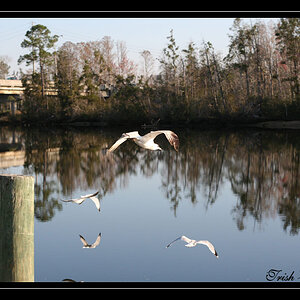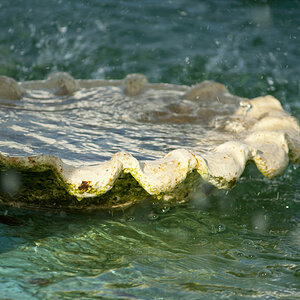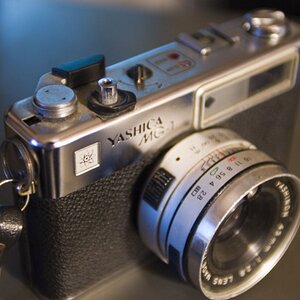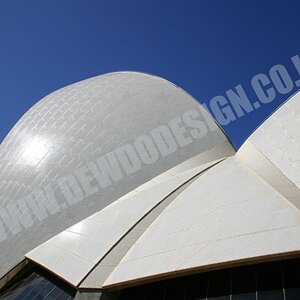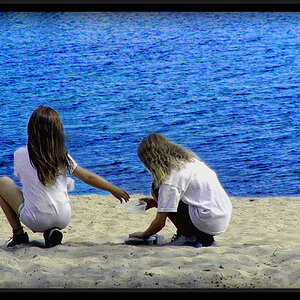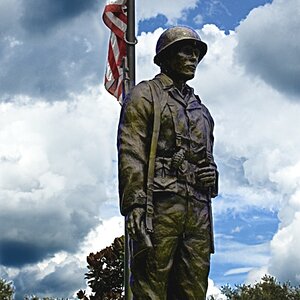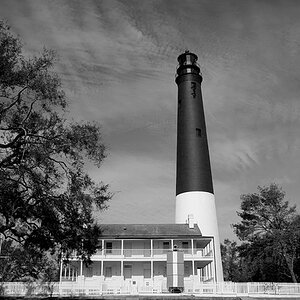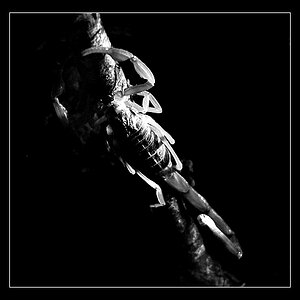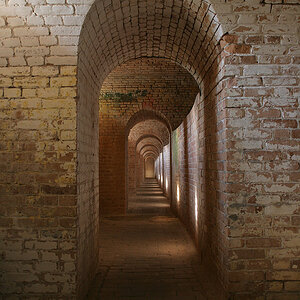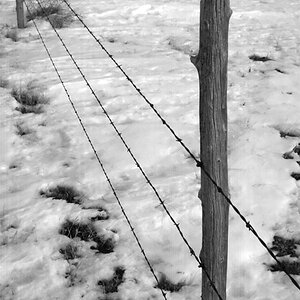D40
TPF Noob!
- Joined
- May 25, 2007
- Messages
- 475
- Reaction score
- 0
- Can others edit my Photos
- Photos OK to edit
I hear a lot about setting the metering manually for say the background and locking it it but I do not understand what they are talking about? I am using the D40 so If anyone could explain what it is and how it works that would be great!


